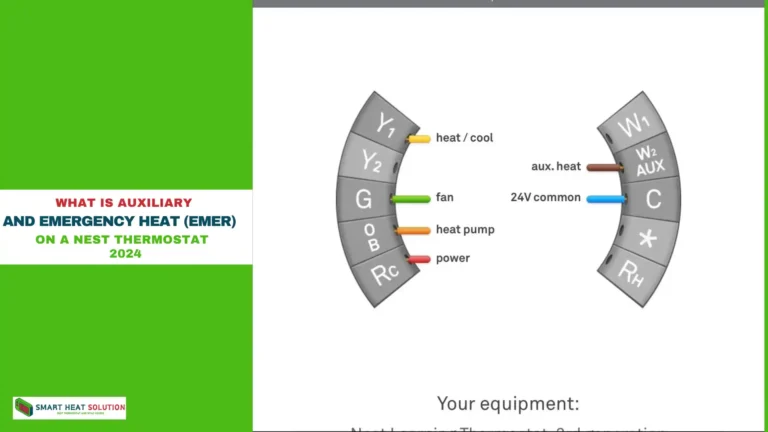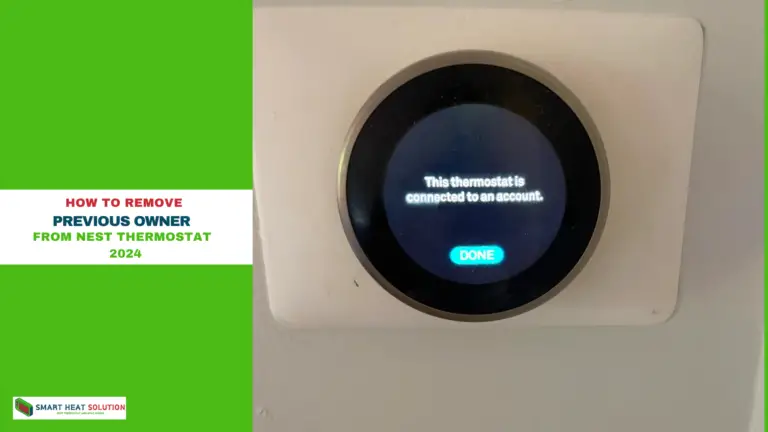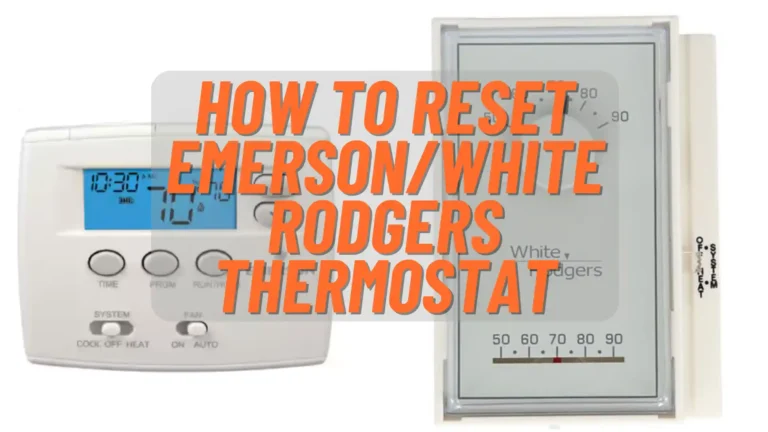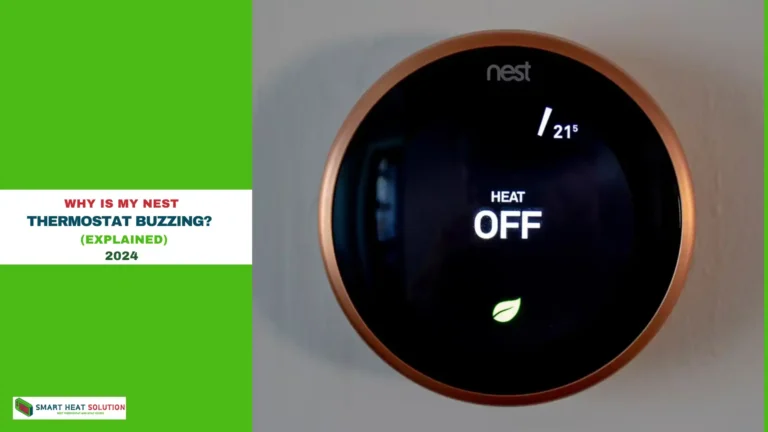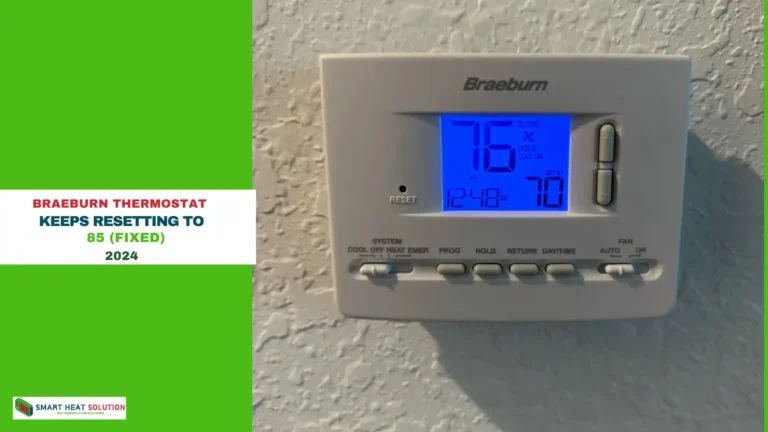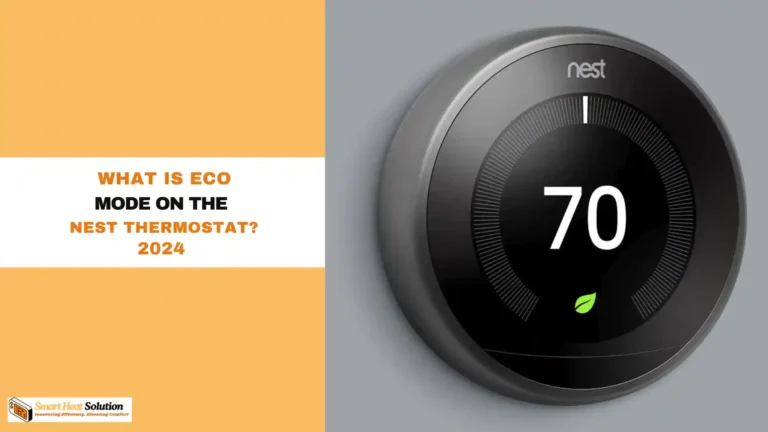410a Refrigerant Pressures on a 95-Degree Day: Easy Fixes
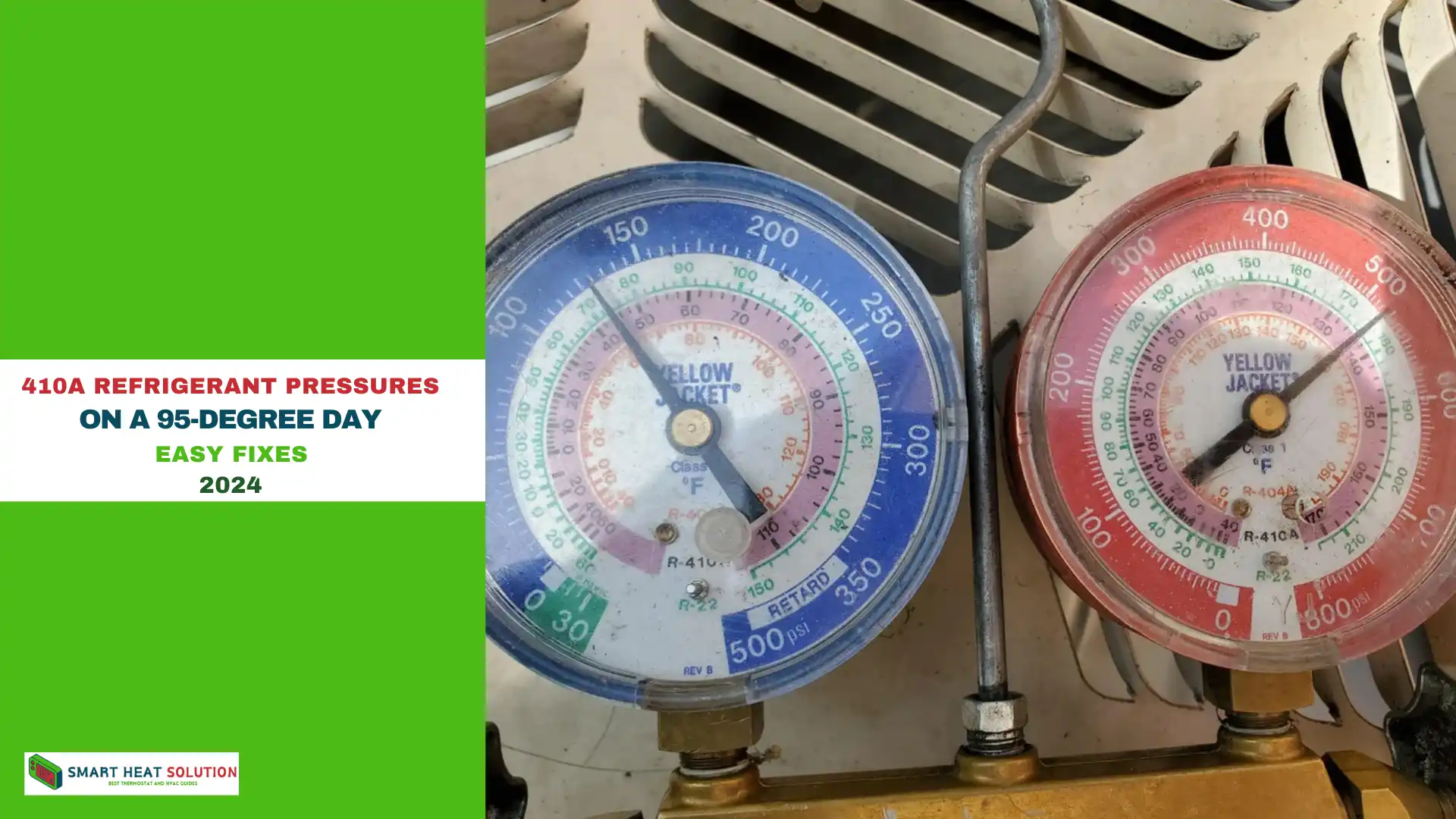
When it’s 95 degrees outside, your AC system is working overtime.
If you’re using 410a refrigerant, understanding the right pressures is key to keeping your home cool.
We’ll break down everything you need to know about 410a refrigerant pressures, common issues, and how to fix them.
What Is 410a Refrigerant?
410a refrigerant is a popular choice for modern AC systems.
It’s known for being eco-friendly and efficient.
Unlike older refrigerants, it doesn’t harm the ozone layer.
But it’s not without its challenges.
On a 95-degree day, your system has to work harder, and that can affect performance.
How Temperature Impacts Refrigerant Pressures
When outdoor temperatures soar to 95 degrees, your refrigerant experiences significant changes.
Higher temperatures directly influence the pressure inside your air conditioning system.
Proper pressure is essential for optimal cooling performance.
Typical Pressure Ranges for R-410a at 95 Degrees
Most residential systems have specific pressure guidelines during extreme heat.
Typical high-side pressures might range between 250-350 PSI.
Low-side pressures often hover around 100-150 PSI during hot days.
Why Do Refrigerant Pressures Matter?
Refrigerant pressures tell you how well your AC is working.
If the pressure is too high or too low, your system won’t cool properly.
On a hot day, these pressures can change a lot.
Normal 410a Refrigerant Pressures on a 95-Degree Day
On a 95-degree day, the normal pressures for 410a refrigerant are:
- High-side pressure: 300-350 psi.
- Low-side pressure: 110-140 psi.
These numbers can vary slightly depending on your system.
But if they’re way off, you might have a problem.
What Causes High or Low Pressures
High Pressure Issues
- Dirty condenser coils: This makes it harder for heat to escape.
- Overcharged refrigerant: Too much refrigerant can cause pressure to spike.
- Blocked airflow: Clogged filters or vents can trap heat.
Low Pressure Issues
- Low refrigerant levels: This is often due to a leak.
- Faulty compressor: If the compressor isn’t working, pressure drops.
- Expansion valve problems: This can restrict refrigerant flow.
How to Check 410a Refrigerant Pressures
Checking pressures isn’t as hard as it sounds.
Here’s how you can do it:
- Turn on the AC and let it run for 10-15 minutes.
- Attach gauges to the high and low-pressure ports.
- Read the pressures and compare them to the normal range.
If the numbers are off, it’s time to troubleshoot.
Fixes for High or Low 410a Refrigerant Pressures
Fixing High Pressure
- Clean the condenser coils: Use a hose to remove dirt and debris.
- Check for overcharging: If there’s too much refrigerant, release some.
- Improve airflow: Replace dirty filters and clear blocked vents.
Fixing Low Pressure
- Find and fix leaks: Use a leak detector to locate the problem.
- Recharge the refrigerant: Add more refrigerant if levels are low.
- Inspect the compressor: If it’s faulty, you might need a replacement.
Expert Insights: Why 410a Is the Futur
According to top HVAC technicians, regular maintenance prevents pressure-related breakdowns.
Professional Mark Stevens notes, “Homeowners should schedule annual system check-ups.”
Climate control experts recommend proactive refrigerant management.
Statistics: AC Usage on Hot Days
Recent industry studies reveal fascinating trends:
- 68% of residential cooling failures relate to refrigerant issues
- Proper maintenance can reduce energy consumption by 15%
- Modern systems lose approximately 1-2% refrigerant annually
| Statistic | Value |
|---|---|
| Average AC usage increase | 30% on 95-degree days |
| Percentage of homes using 410a | 65% |
| Energy consumption spike | 25% during heatwaves |
Tips to Keep Your AC Running Smoothly
- Schedule regular maintenance: A pro can catch issues early.
- Clean or replace filters monthly: This improves airflow.
- Keep the area around the condenser clear: Trim plants and remove debris.
- Use a programmable thermostat: This helps manage cooling efficiently.
Common Myths About 410a Refrigerant
Myth 1: 410a Is Harmful
Some people think 410a refrigerant is dangerous.
But it’s actually safer for the environment than older options.
Myth 2: You Can Mix Refrigerants
Never mix 410a with other refrigerants.
It can damage your system and void your warranty.
FAQs About 410a Refrigerant Pressures
1. What happens if 410a pressures are too high?
High pressures can cause your AC to overheat.
This can lead to system failure if not fixed.
2. Can I check refrigerant pressures myself?
Yes, with the right tools.
But if you’re unsure, it’s best to call a professional.
3. How often should I check my refrigerant levels?
At least once a year, preferably before summer.
4. Is 410a being phased out?
No, 410a is still widely used.
But newer, even more eco-friendly options are being developed.
Conclusion: Stay Cool with Proper 410a Refrigerant Pressures
On a 95-degree day, your AC is your best friend.
By understanding 410a refrigerant pressures, you can keep your system running smoothly.
Regular maintenance and quick fixes can save you from costly repairs.
So, don’t wait—check your pressures today and enjoy a cooler tomorrow.

I’m Alan William’s, the founder of SmartHeatSolution.com. I am from California, USA, I’m passionate about innovative heating technologies and their impact on our homes and businesses. With a background in electrican and home repair , I aim to make smart, energy-efficient heating accessible to everyone. When I’m not writing, I’m likely interested in all the thermostat brands and their new technnology. Thanks for stopping by!

